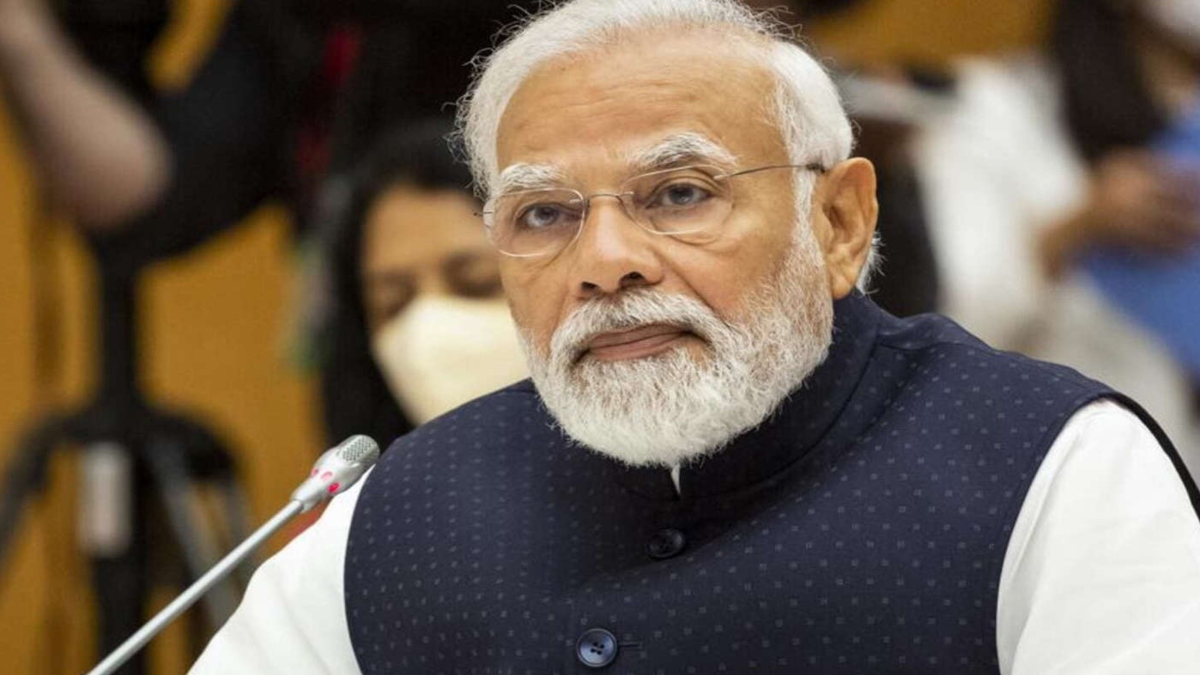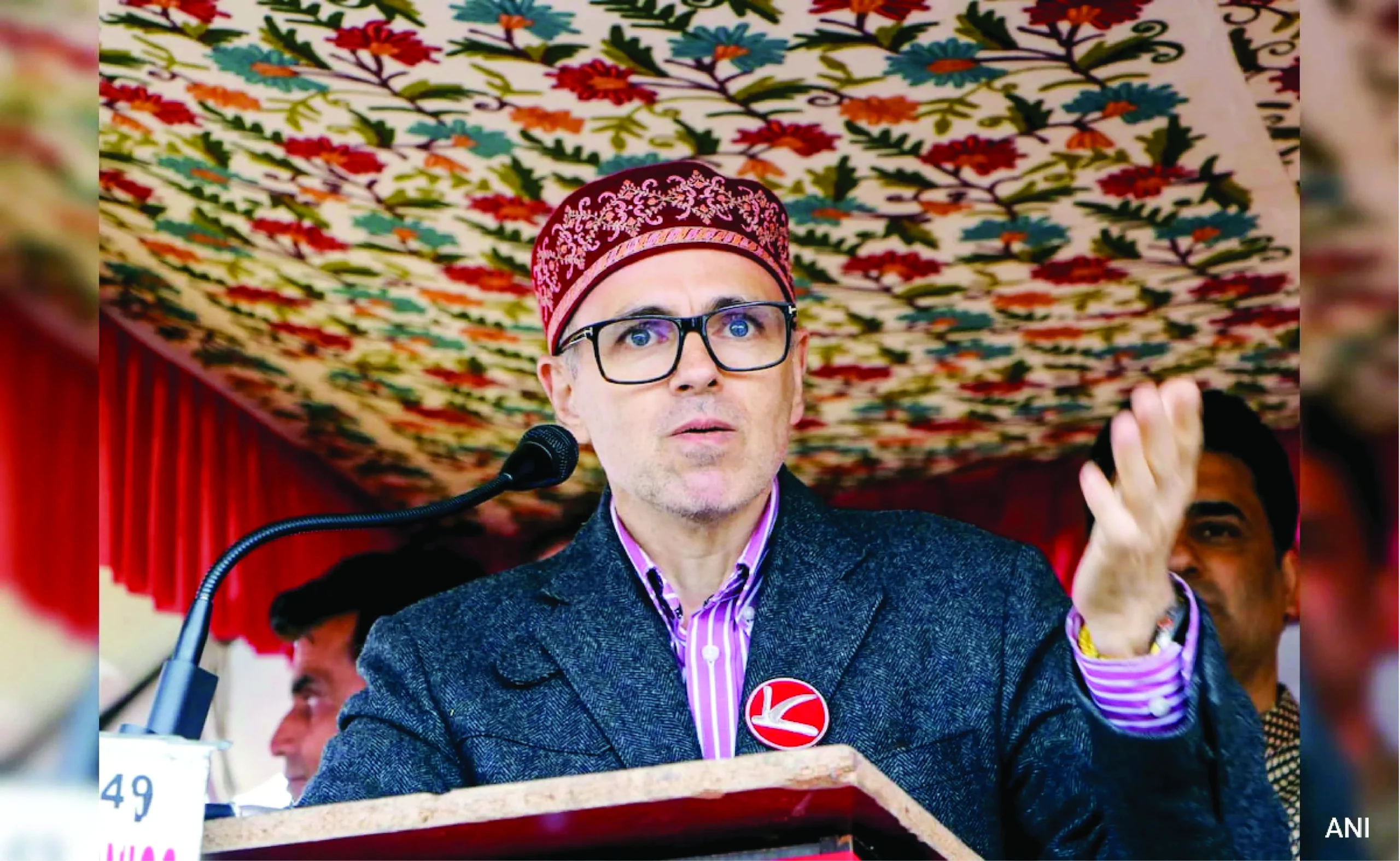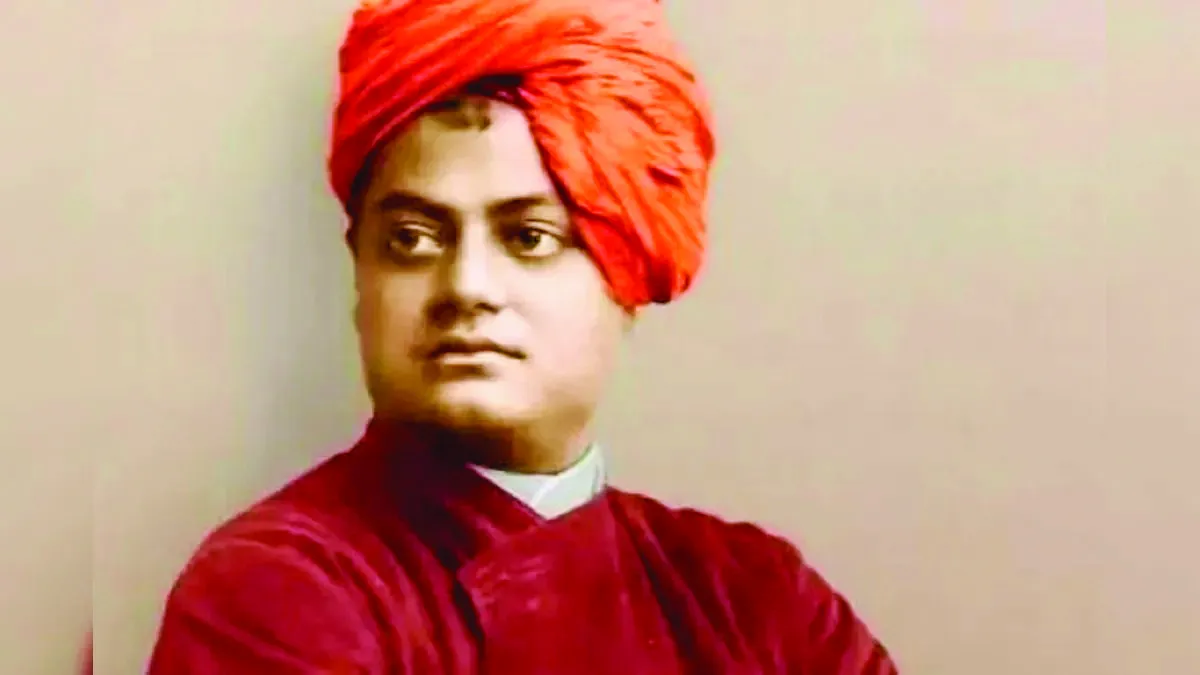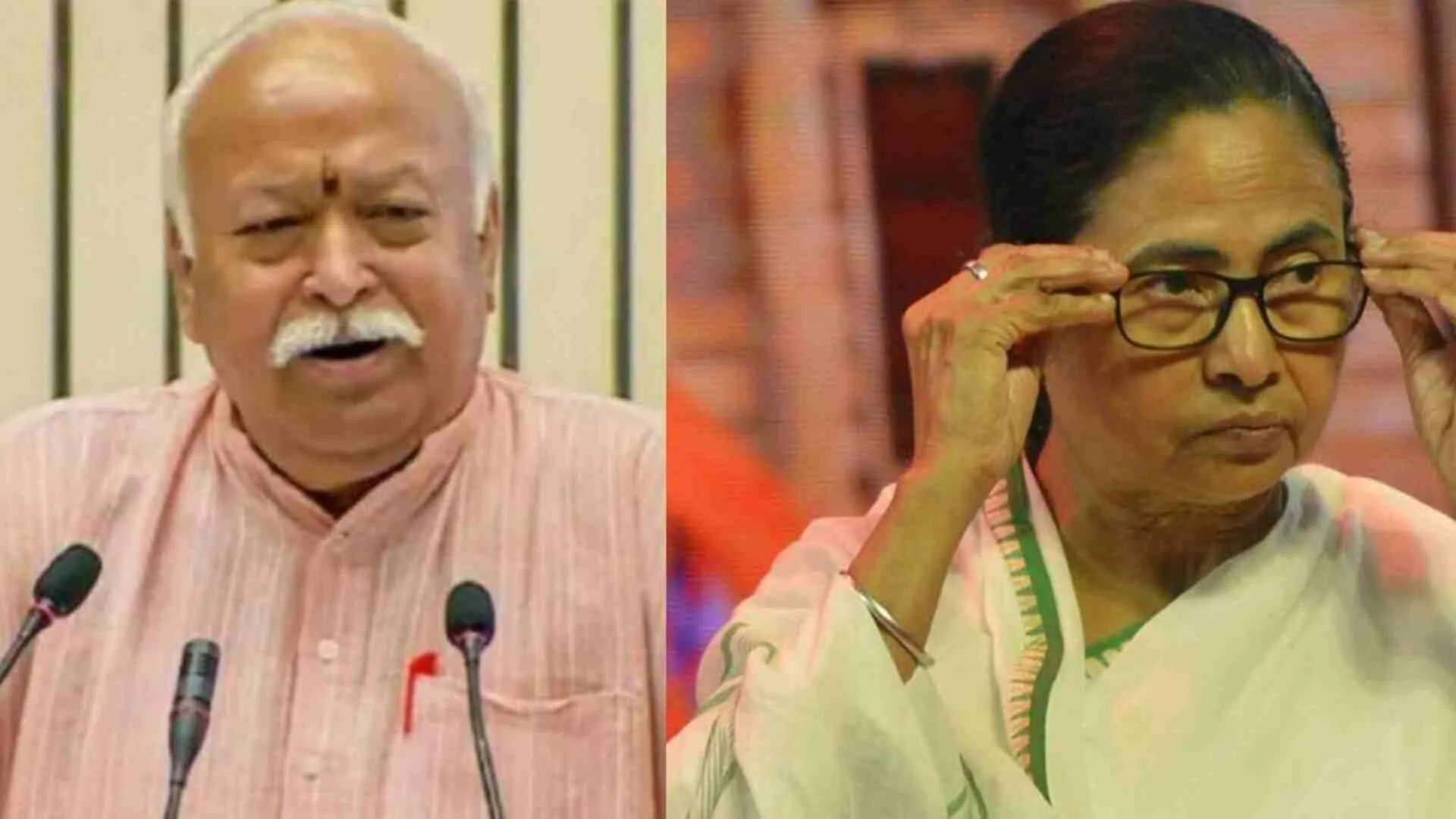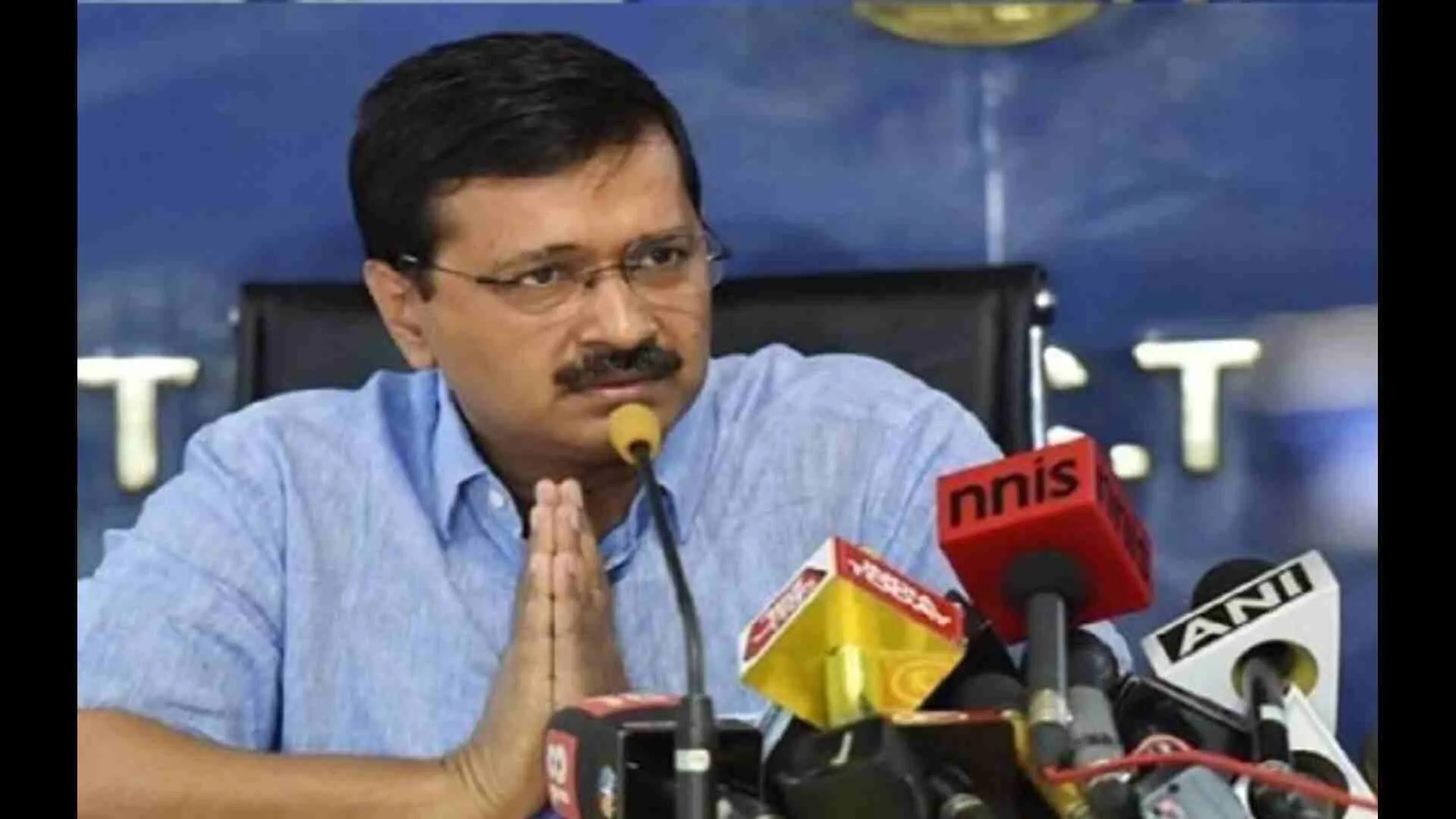In response to the Agnipath scheme, when people took to the streets, it seemed like a familiar sight. One more “good” reform scheme of the Narendra Modi government was being opposed vehemently by the masses. And this time, many noticed a trend in terms of repeat of protests against government schemes— demonetisation, CAA, farm laws and, now, the Agnipath scheme. Even genuine Modi supporters, in a way, felt the fatigue of “defeat” of one more Modi scheme in the durbar of the masses.
Interestingly, team Modi itself had not anticipated the kind of resistance that we have seen repeatedly. So why is it that Team Modi that seems to understand the voters’ mind fairly well when seeking votes fails to predict the pushback to their reforms from the masses? Why has this government failed in pushing through quite a few big reforms despite PM Modi’s popularity and his supposed positive intent? There are a few theories. The first theory is that PM Modi does not involve experts when forming policies. While this seemed true at the beginning of his tenure as PM, learning from the demonetisation “fiasco”, over a period of time, Modi has surely increased the level of consultation—at least the technical aspects, if not other aspects like change management required–with experts when designing big reform policies. GST was almost entirely designed and detailed by “experts”. The scrapping of Article 370 was thought through to the last level of details, including the push back and potential riots. The Agnipath scheme was evidently reviewed and detailed by the heads of Armed forces as mentioned by themselves in various forums.
The second theory is that the government isn’t communicating enough about their reform policies. This seems to be true to a fair extent. The government does make grand announcements and circulates information about the features and (supposed) benefits of their schemes on traditional and social media. But the problem is, people don’t get to hear what they want to hear in those communications. The communications aren’t convincingly conveying “what’s-in-it-for-me”, and, on the contrary, are giving rise to “why-it’s-not-for-me”, which the government has not been able to address. Generally, people of no country like sudden changes—more so Indian masses, a large section of whom are economically vulnerable and hovering around the poverty levels. In a zeal to announce “big transformative” changes, the government might actually be scaring the stakeholders who may not be prepared for reforms like open market competition (farmers, MSMEs) or short-term contractual arrangement (for army) rather than lifelong safe jobs. There are tactics on effective political messaging to push through reforms with relatively lesser resistance like those used in 1991 liberalization which the government might want to deploy.
The third theory is that the government is trying to do “too much too soon”. Team Modi seems to be in a hurry, which could arguably be a good thing, but the changes are probably appearing too suddenly and happening too fast for the people to keep pace with. If a relatively small reform like increasing FDI limit in the insurance sector took more than a decade, the present government aspires to push through big reforms like CAA and GST (from planning to launch to stabilisation) in 4-5 years. That also means that big reforms are not spaced out or phased adequately. The Agnipath scheme could have coexisted with regular recruitment for a few years before it completely replaced the regular recruitment to reduce the pain and fear among the young aspirants. Further, the government could have avoided launching the Agnipath scheme now when Army recruitment had been on hold for a few years due to Covid and lakhs of young aspirants were eagerly waiting for their dream jobs. Balancing speedy reforms with minimising pain of the stakeholders involves careful trade-offs which this government doesn’t seem to be making effectively.
The fourth theory is that this government isn’t seeking feedback from the beneficiaries. This, too, seems to be often true and probably the biggest of their shortcomings. If adequate inputs are taken from “beneficiaries” during the design stage and pilots are conducted, then policy related communications could be smarter and initiatives could be phased better. Be it GST, CAA or the farm laws, the government was caught off-guard for not knowing upfront what beneficiaries or stakeholders would actually want and how they would react.
The root cause of the above flaws in implementing big reforms could be PM Modi’s overconfidence or overenthusiasm or a combination both. Also, if PM Modi’s natural style is “Just do it, and do it fast”, he needs to learn from the experience of the last eight years and do more to alter his natural style with the goal to take the stakeholders along by being more empathetic and sensitive to their real and perceived needs. The government needs to pay greater attention to change management to make the reforms more acceptable. Nothing to take away the government’s efforts in pushing probably the maximum number of reforms and initiatives in India’s history within just eight years even in the challenging times of Covid pandemic and Ukraine conflict. The Modi government has initiated big reforms like Cooperative Banks Regulation Act, disbanding of Ordinance Board, privatisation of Air India, public listing of LIC, merger of PSU banks, Insolvency and Bankruptcy Code, scrapping ofArticle 370 and implementing GST. History shows that it is relatively easier to push through reforms relating to businesses and corporates compared to those relating to citizens and it is no different for the Modi government. It has faced maximum opposition and failures in reforms relating to farmers, labour laws, land laws, army recruitment and citizenship status of people of India. The Modi government has eight years to look back at, reflect upon, draw lessons from and get better at pushing through reforms successfully. For this, Team Modi needs to ensure greater involvement of end stakeholders when designing reforms, pay greater attention to managing change, have a more palliative communication strategy and phase the reforms better. India needs more reforms from this government and a little more effort towards this will do the trick.
Alpesh Patel is a tech entrepreneur and has been a management consultant with Big4. He is the author of the book ‘Chalta Hai India’ by Bloomsbury, India.
Team Modi seems to be in a hurry, which could arguably be a good thing, but the changes are probably appearing too suddenly and happening too fast for the people to keep pace with. If a relatively small reform like increasing FDI limit in the insurance sector took more than a decade, the present government aspires to push through big reforms like CAA and GST (from planning to launch to stabilisation) in 4-5 years. That also means that big reforms are not spaced out or phased adequately. The Agnipath scheme could have coexisted with regular recruitment for a few years before it completely replaced the regular recruitment to reduce the pain and fear among the young aspirants.

